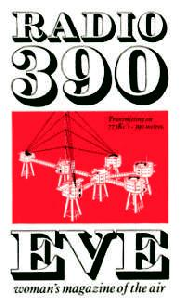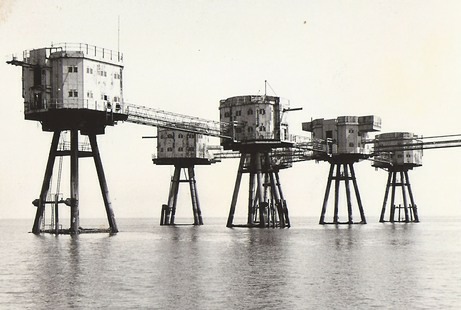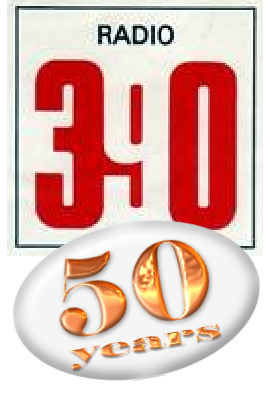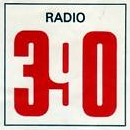© 2014-


Radio 390 was one of the more successful of the 60’s British offshore radio stations, both in terms of audience ratings and advertising income. Yet at the same time it was the opposite of everything that was associated with the ‘Swinging Sixties’.
Based on Red Sands Fort in the Thames Estuary -
With a ‘sweet music’ format conceived by marketing expert Ted Allbeury, its daytime programming was aimed firmly at what was then termed the ‘housewife’ audience, while early morning and evening programmes were tailored for a wider audience. Radio 390 was an immediate success with listeners and consequently attracted significant advertising contracts, including many ‘blue chip’ companies.
While all the other offshore stations were pumping out Top 40 pop music shows presented by personality DJs, Radio 390 did the opposite -
Radio 390 was innovative with its programming - the business community (The Voice of Business).
the business community (The Voice of Business).

Red Sands Fort in the Thames Estuary, home to Radio 390





Ground
Back to




Click here to visit the Britain Gallery and the full story of Radio 390




